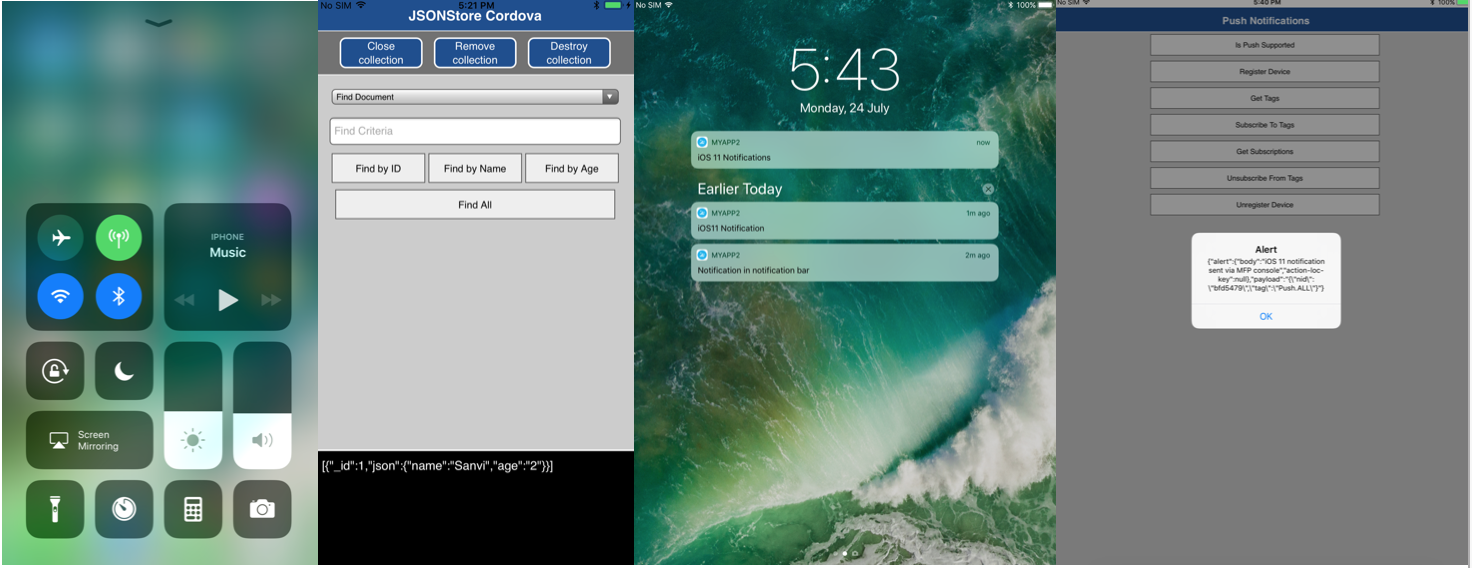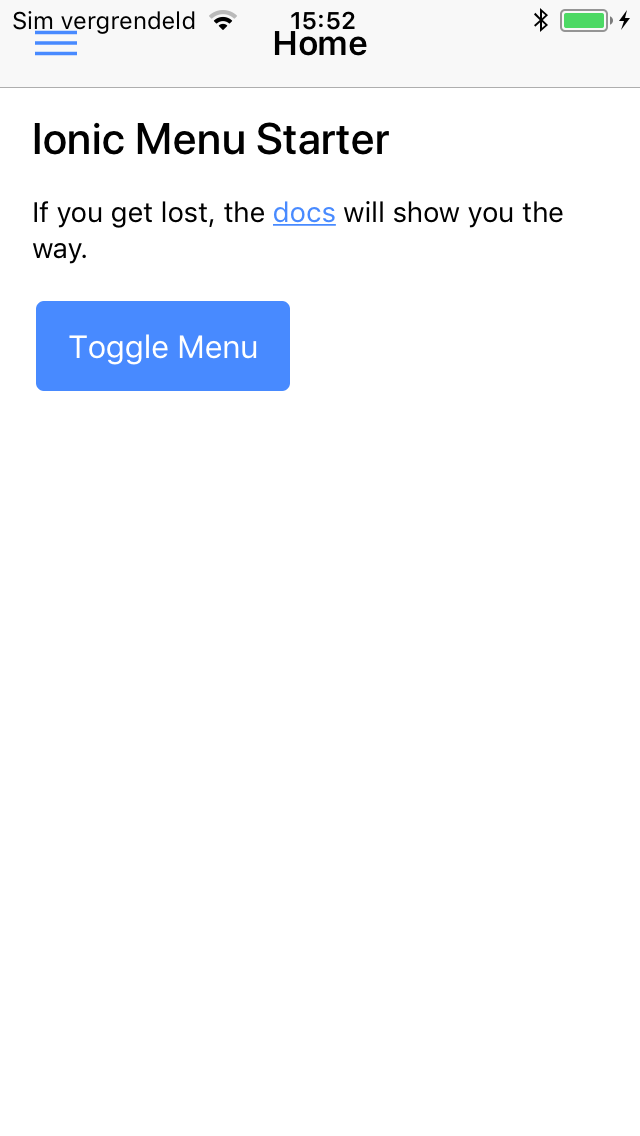

- #IOS 11 STATUS BAR ABOVE HEADER IONIC HOW TO#
- #IOS 11 STATUS BAR ABOVE HEADER IONIC INSTALL#
- #IOS 11 STATUS BAR ABOVE HEADER IONIC CODE#
group - define the group name to group similar notifications together.progressBar - progress-bar options for Local notifications.attachments - Attached images to be sent with notification.trigger - custom trigger time of notification, can be given in various formats.silent - (boolean) whether notification should be silent or not.icon -location or URL of icon shown with the notification.data - additional data you can send along with notification in JSON format.sound - location of sound file to be played with notification.If no title is provided, app’s name is shown as title title - Title of the notification, shown in larger font.Let’s dive deeper into the details of the notification object, and learn what all options are available Go ahead and create a function to schedule your first local notification like this Local Notification implementation is very easy once you import the plugin correctly. Step 3 - Implement your first Local Notification That’s it ! You are ready to implement Local notifications in your Ionic 4 app. import from don’t forget to include LocalNotifications in providers list. Next you should import the plugin in and in the pages you want to use it.
#IOS 11 STATUS BAR ABOVE HEADER IONIC INSTALL#
$ install will install the plugin in your app. Add the plugin using $ ionic cordova plugin add cordova-plugin-local-notificationnpm To implement Local Notifications you need to add cordova-plugin-local-notifications plugin to the app. Step 2 - Install Local Notification plugin and make imports Next we’ll add the Local Notifications plugin to our app. All the real action will happen when we build the app for Android.īasic layout for generating Local Notifications

You can create a basic layout for triggering Local Notifications.

#IOS 11 STATUS BAR ABOVE HEADER IONIC CODE#
You can go to Inspect → Device Mode to see the code in a mobile layout. Once the installation is done, run your app on browser using $ ionic serve On running ionic start ionic-4-local-notifications sidemenu, node modules will be installed. You can create a sidemenu starter for the sake of this tutorial.
#IOS 11 STATUS BAR ABOVE HEADER IONIC HOW TO#
In this post, we will learn how to implement Local notifications features in Ionic 4 apps. You don’t feel the difference between Local and Push notification, and the server saves a lot of overhead. The app then sends you Local Notification, which looks same as a push. If you want an app to remind you of your tasks at a certain time of the day, it makes sense that the app does so using the in-built clock or timer in the device.

Instead, they are generated locally on your device. These look and feel exactly like push notifications, but are not sent from server. This is where Local Notifications come in handy. Especially if you have millions of users. Hence, for each action or reminder, you might not want the server to send push notifications to all users. Push notifications cause burden on Server, as well as, cost you money if you are using a service like OneSignal etc.


 0 kommentar(er)
0 kommentar(er)
